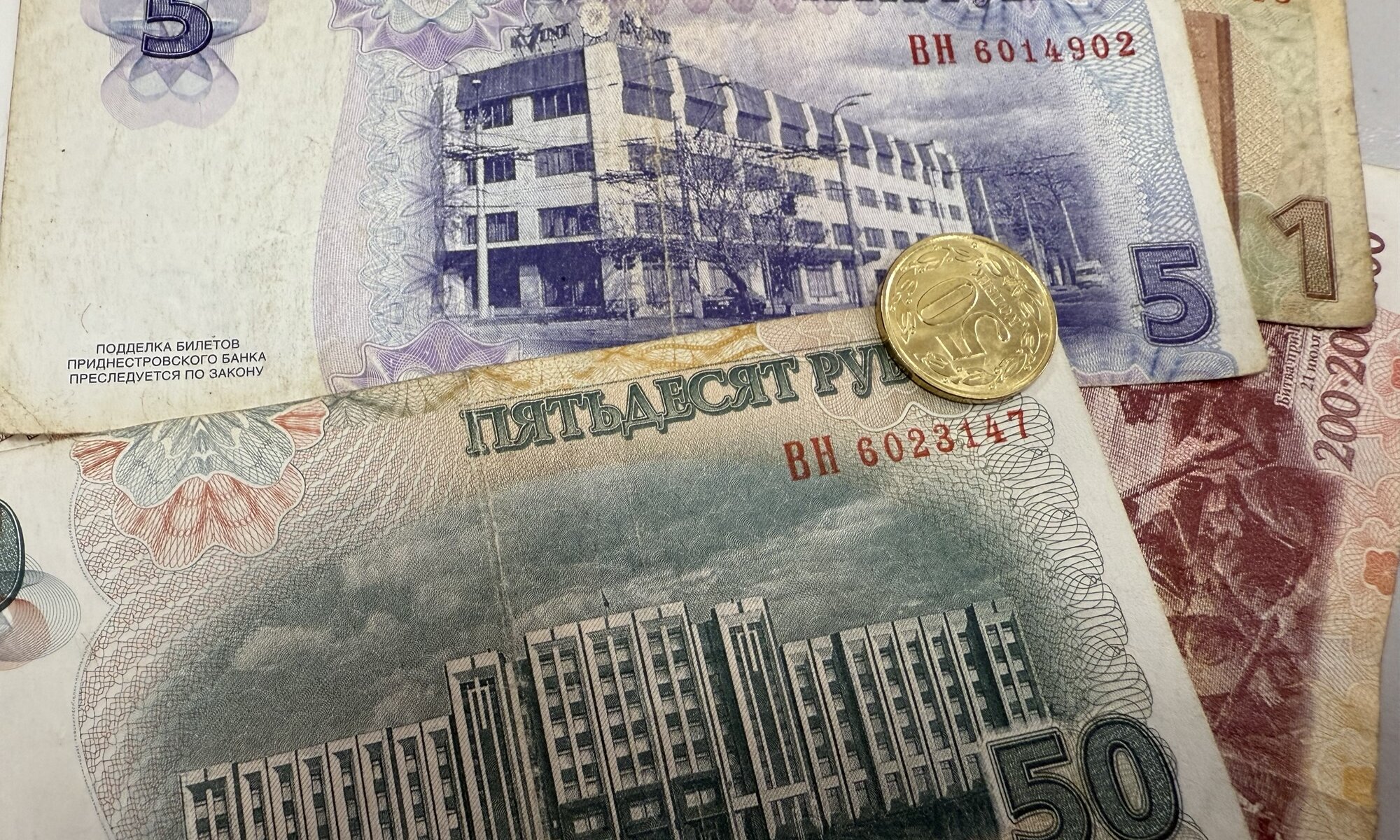The Transnistrian ruble is the official currency of Transnistria, a breakaway region in eastern Moldova that is not internationally recognized. The ruble, divided into 100 kopecks, was first introduced in 1994, replacing provisional issues and old Soviet banknotes that had been stamped with local symbols. Early issues suffered from high inflation, leading to frequent overprints and the eventual creation of a local mint in Tiraspol in 2005. Today, the currency features both banknotes and distinctive polygonal coins made from composite materials, with designs often depicting historical figures like General Suvorov.
Transnistria is largely cut off from international banking systems, so foreign credit cards such as Mastercard are not accepted, and even Visa cards work only in a few private establishments, typically charging your account in Russian rubles. For most visitors, the easiest way to get local currency is to exchange money at one of the many exchange offices, with the Sheriff supermarket in Bender being a popular and convenient spot for travelers entering the region. Exchange offices accept major currencies like Euros, US dollars, and Moldovan lei, but it is advised to only exchange what you need, as it is nearly impossible to convert Transnistrian rubles back outside the territory.
Prices in Transnistria are notably low compared to Western Europe, making it an affordable destination for visitors. A typical lunch costs around 5 Euros, and even a dinner for two in a restaurant is under 20 Euros. For a short visit, exchanging 10–15 Euros per person into rubles is usually sufficient to cover meals and small purchases. This makes travel in Transnistria budget-friendly, provided you plan your cash needs in advance due to the region’s isolated financial system.
Transnistrian ruble / приднестровский рубль
Transnistria / Pridnestrovie / Pridnestrovian Moldavian Republic
Loading map...


